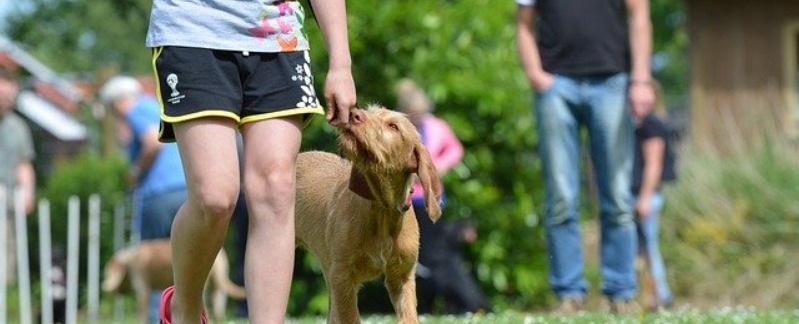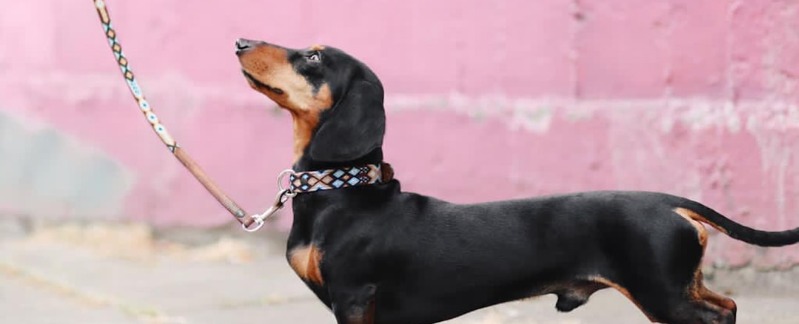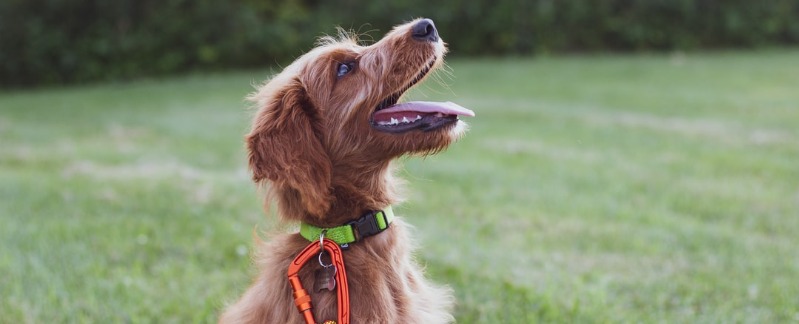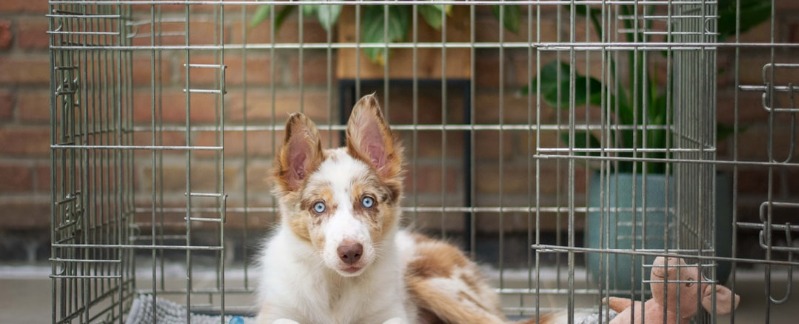Corrections, punishments, constructive criticism. Whatever you want to call it, at some point you will have to help your dog understand that he’s made an error and has to correct it.
Correcting or Nagging?
There is a delicate balance to be achieved between using the least amount of force necessary to get the job done, and using an effective correction for the situation. By definition, an effective correction will reduce the frequency or intensity of the unwanted behavior in a few repetitions. If you have to keep repeating the same correction or punishment, you’re not reducing the unwanted behavior, you’re nagging. Nagging teaches your dog (spouse, kids) to tune you out.
The corrections you use will depend on the situation, the offense, what you have handy, and your dog. For a soft dog, or a minor infraction, you might use a simple verbal correction, like a guttural “Aacckk!” when your dog is getting ready to put her feet on someone, or a little pressure on her collar if she “forgets” to sit when you tell her to. For something more serious, or dangerous to your dog or others, like chewing electrical cords, you want to use something that your dog will remember and try to avoid happening again, like a rain of shaker bottles falling around her.
Catch Your Dog in the Act
For any correction to be effective, it has to be timed with the action it’s correcting. Your dog doesn’t know that you are mad that she urinated on the floor half an hour ago; she knows you’re mad because there is pee on the floor now. After-the-fact punishments only cause confusion, distrust, and fear. The moment your dog makes the right choice, the reinforcement she receives should far outweigh the correction she got, whether it’s praise, attention, treats, or a combination. Being right should be an obviously better choice for your dog than being wrong.
Since dogs don’t have verbal language, they don’t understand what “no” means unless you teach them. What they do understand is tone. A low, growly, guttural sound is something most dogs understand naturally to mean “Stop that!.”
Physical Corrections
Whether it’s physically restraining or positioning your dog if he’s made an error or ignored a command, or holding him by his scruff if he gets into a puppy play-biting frenzy, there will no doubt be times when you will have to physically correct your dog. A physical correction is never to get back at your dog in retaliation for something he’s done; it’s just to help him become correct. Physical corrections should never be applied in anger or frustration. As a matter of fact, if you’re frustrated and angry, it’s not a good time to work with your dog at all. If you hit or kick your dog to punish him, it’s not correction; it’s aggression. Don’t be surprised if you get aggression or fear in return if you do resort to such measures.





